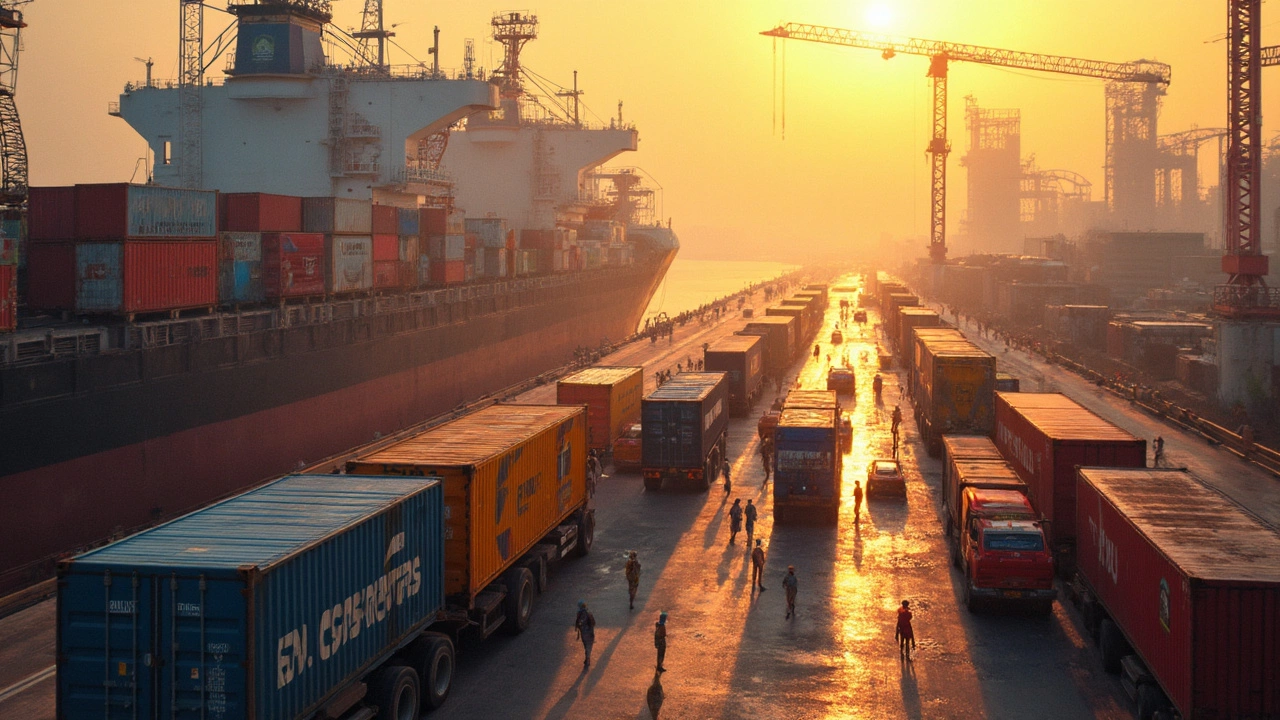India Chemical Industry: What’s Happening and Why It Matters
India’s chemical sector is booming. In the last few years it has added billions to the GDP, created a lot of jobs and turned the country into a key player in global trade. If you are a supplier, an investor or just curious about where the next big opportunity lies, you are in the right place.
Key Growth Drivers
First, government policies like the Production‑Linked Incentive (PLI) scheme have given a real push. They lower the cost of setting up new plants and reward companies that boost local production. Second, the demand for specialty chemicals – things like polymers for automotive parts, agro‑chemicals for farming and pharma‑grade intermediates – is rising fast. Indian manufacturers are moving from commodity chemicals to higher‑value products that earn better margins.
Third, the domestic market itself fuels growth. With a population of over 1.4 billion, India needs more fertilizers, paints, cosmetics and plastic goods. This internal demand lets firms scale up before they look abroad. Finally, the rise of renewable energy and electric vehicles is creating new chemical needs – battery electrolytes, lightweight composites and advanced coatings.
Challenges and Future Outlook
Despite the upside, the industry faces hurdles. Environmental regulations are tightening, and companies must invest in cleaner production and waste management. Raw material costs are another pain point; many feedstocks still come from imports, making factories vulnerable to currency swings.
Logistics also matter. Transporting bulk chemicals across India's vast geography can be expensive and time‑consuming. Improving rail and port infrastructure will be crucial for maintaining competitiveness.
Looking ahead, the outlook stays positive. Analysts expect the sector to grow at a compound annual rate of around 9 % through 2028. Export potential is huge, especially in specialty polymers, bulk petrochemicals and green chemicals. Countries like the United States, Germany and the United Arab Emirates are already snapping up Indian chemical products.
If you are thinking about entering the market, start by identifying a niche where demand outpaces supply – for example, biodegradable plastics or high‑performance additives for electronics. Build relationships with local distributors, and make sure you have a clear plan for meeting both quality standards and environmental rules.In short, India’s chemical industry offers a mix of strong growth, supportive policies and a massive home market. The challenges are real, but the rewards for those who adapt quickly can be substantial.

Chemical Manufacturers India: Which Chemical Is Mostly Imported?
India's chemical industry is huge, but not every chemical is made locally. The country heavily relies on imports for certain raw materials and specialty chemicals. Want to know which chemical tops the import charts in India? This article breaks down the reasons, highlights major import sources, and explains what it means for manufacturers and consumers. Whether you're in the business or just curious, you'll find practical details and useful tips here.
Read More